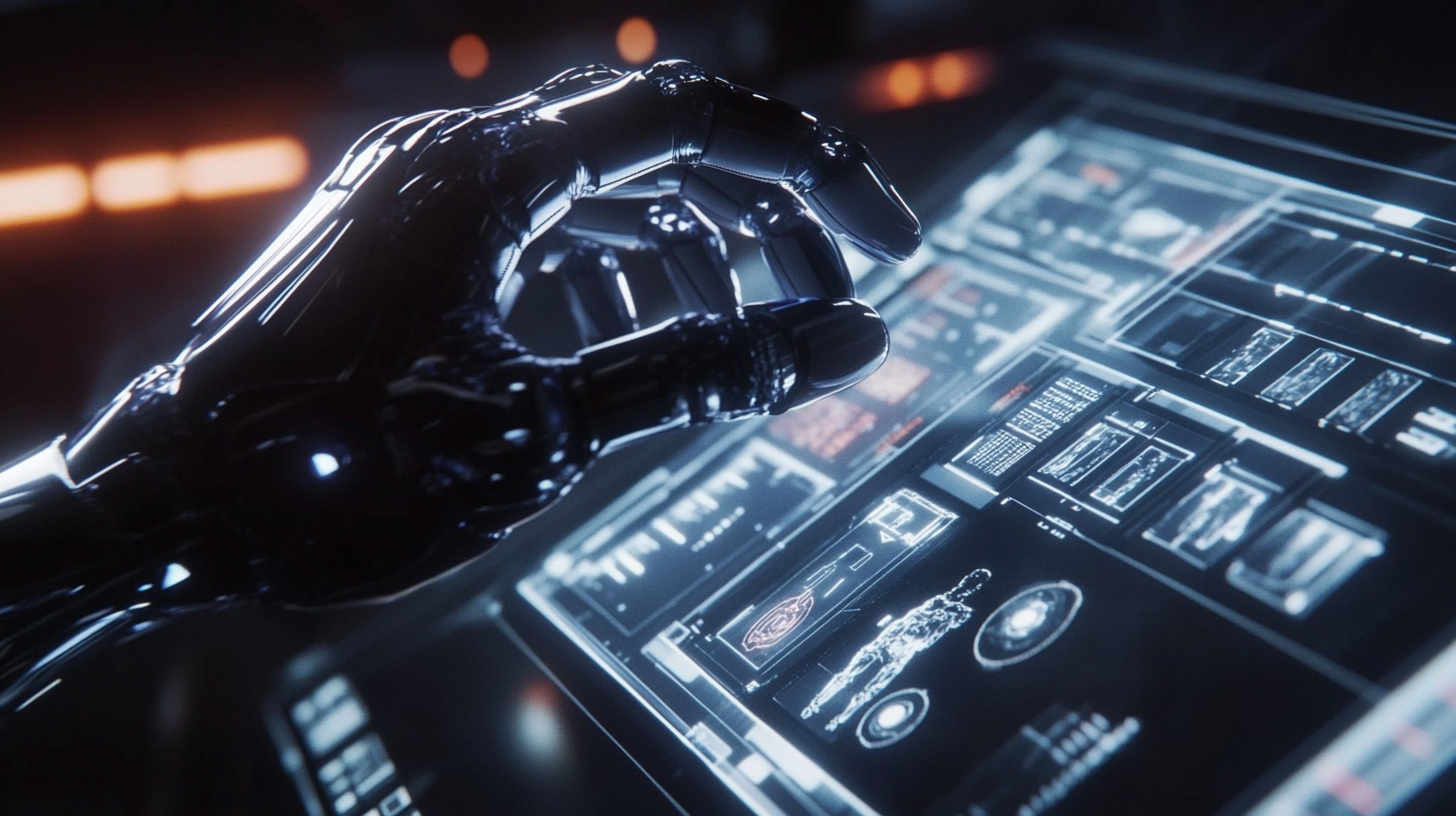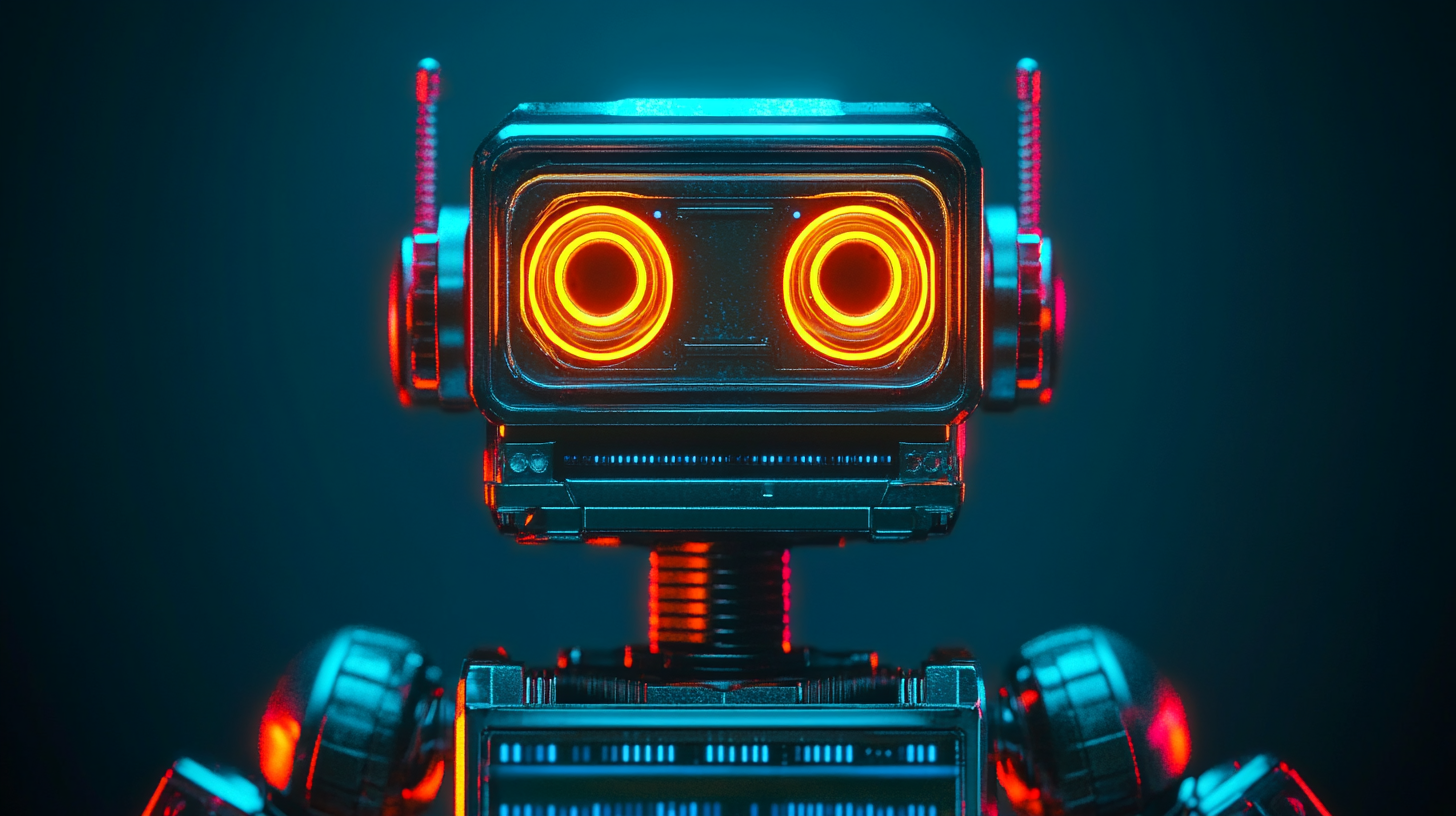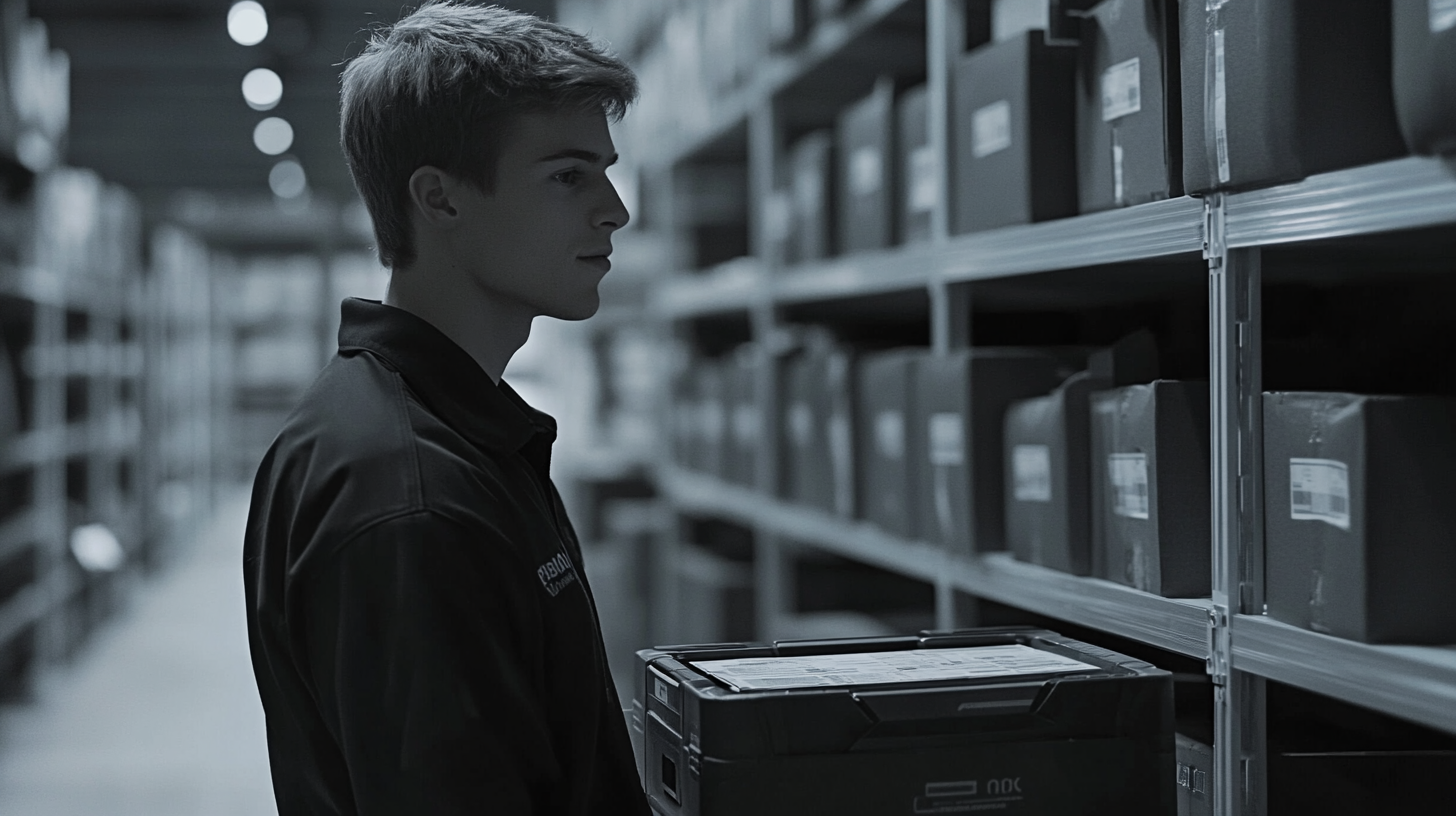

14, Raghava Enclave, Transport Road, Secunderabad, Hyderabad (500009)
©2024 All Rights Reserved by excitechrobot.com
As we stand on the brink of a new era in automation, the landscape is poised for transformative advancements that will reshape industries globally. Rapid Robotics is at the forefront of this revolution, providing innovative solutions that facilitate seamless integration and optimization of automation processes. By 2025, we can expect these technologies to not only enhance productivity but also empower businesses to adapt in real-time to the demands of an ever-evolving marketplace.
The pivotal role of Rapid Robotics in this journey cannot be overstated. With their cutting-edge robotic systems, businesses are equipped to streamline operations, reduce costs, and improve efficiency across various sectors. Moreover, global buyers are increasingly recognizing the significance of investing in automation to remain competitive. As we delve into the future of automation, it is essential to explore how Rapid Robotics is unlocking new possibilities and driving growth across the global economy, making it a critical player in the automation landscape.

The robotics industry is experiencing remarkable growth as we approach 2025, driven by rapid technological advancements and increasing market demand. The global consumer robotics market is expected to reach approximately USD 13.69 billion by 2025, with projections indicating a substantial rise to around USD 102.31 billion by 2034. This acceleration reflects a broader shift in consumer behavior, where automation becomes an integral part of everyday life, enhancing convenience and efficiency across various applications. Particularly noteworthy is the autonomous mobile robots sector, which was valued at USD 2.8 billion in 2024 and is projected to grow at a compound annual growth rate (CAGR) of 17.6% from 2025 to 2034. This trend highlights the increasing reliance on autonomous solutions across industries, ranging from logistics to healthcare. With advancements in artificial intelligence and machine learning, robots are evolving into more sophisticated entities capable of performing complex tasks with increasing autonomy and precision. In the hospitality sector, the growth trajectory is equally impressive, with the global hospitality robots market anticipated to expand at a CAGR of 25.2% from 2023 to 2030. As the demand for contactless service models escalates, the integration of robotics in hospitality is becoming a key strategy for enhancing customer experiences. Simultaneously, the entertainment robots market, which surpassed USD 3.89 billion in 2024, is projected to exceed USD 26.94 billion by 2034, reflecting increasing consumer interest in innovative ways to interact and engage with technology. Overall, the rise of rapid robotics will continue to reshape industries, fulfilling both functional needs and enhancing user engagement as we move further into 2025 and beyond.

As we move towards 2025, automation is poised to revolutionize industries worldwide through innovative robotics solutions. These advancements are not only streamlining operations but also enhancing productivity and efficiency across various sectors. According to a recent report by McKinsey, automation can increase productivity rates by up to 40% in manufacturing, significantly outpacing traditional methods. This trend is evident as more global buyers seek robotics solutions to remain competitive in an increasingly automated landscape.
One of the key technologies driving this transformation is Artificial Intelligence (AI), which plays a crucial role in enhancing the capabilities of robotic systems. A Gartner report predicts that by 2025, 75% of organizations will be using AI-driven automation, resulting in improved decision-making processes and reduced operational costs. As industries integrate AI into their workflows, they can expect not only faster production cycles but also higher quality outputs, which are essential for meeting the demands of modern consumers.
Furthermore, collaborative robots, or cobots, are becoming essential assets in various sectors, enabling seamless human-robot interaction. The International Federation of Robotics forecasts that the global market for cobots will grow at a compound annual growth rate of 36% from 2020 to 2025. This significant growth highlights the increasing acceptance of robotics in workplaces and emphasizes the need for organizations to invest in these technologies to harness their full potential. As we look to the future, the adoption of these key automation technologies will undoubtedly shape how industries operate globally.

The global demand for rapid robotics solutions is surging across diverse sectors, driven by the need for increased efficiency and automation in manufacturing and service industries. As highlighted in recent developments, the introduction of innovative robotic technologies is not just transforming existing industrial processes, but also redefining the very scope of automation. For instance, with the unveiling of advanced robotic solutions at significant tech expos, the industry showcases a commitment to meeting escalating global needs.
Industries are eager to adopt robotics that integrate seamlessly with existing systems while enhancing productivity. Reports indicate that as of late 2023, China's share of global industrial robot installations has risen considerably, illustrating a shift towards comprehensive automation strategies. Moreover, the emergence of humanoid robots is capturing attention, with companies seeking to leverage these advancements to improve service delivery in various applications.
The landscape of robotics is evolving rapidly, and the sector is witnessing an unprecedented acceleration in innovation. With automation solutions tailored for specific markets, businesses are better positioned to tackle challenges in logistics, manufacturing, and customer service, thus unlocking substantial economic value. This trends underscore a pivotal moment in the evolution of robotics, promising a future where automation not only supports but drives global business success.

As we look forward to 2025, the impact of artificial intelligence (AI) and machine learning on automation efficiency will undoubtedly transform industries worldwide. In an era where rapid robotics solutions are emerging as vital components of modern operations, the ability to harness AI for enhanced automation is becoming more critical than ever. By leveraging data-driven insights, machines can learn from their environments, adapt to complex tasks, and work in synergy with human operators, leading to significantly improved productivity levels.
Machine learning algorithms are revolutionizing how automation systems operate. By analyzing vast amounts of operational data, these algorithms can identify patterns and anomalies much faster than traditional methods. This capability allows for predictive maintenance, where systems can anticipate failures before they occur, thus minimizing downtime and reducing operational costs. As businesses increasingly adopt these intelligent systems, we can expect a sharp rise in efficiency and a decline in manual errors, providing a competitive edge in dynamic markets.
Furthermore, the integration of AI into automation processes enables not just speed but also flexibility. Enterprises can swiftly adapt to changing demands with minimal disruption. For example, in manufacturing, robots equipped with machine learning can modify their actions based on fluctuations in production requirements, while logistics can optimize delivery routes in real-time. This adaptability ensures that businesses remain agile and responsive, optimizing resource allocation and enhancing overall service delivery. The future is bright for automation, and with the right solutions, global buyers will be well-equipped to meet the challenges ahead.
The rapid evolution of robotics technology is reshaping the manufacturing landscape, and numerous case studies showcase the tangible benefits of implementing rapid robotics solutions. One striking example comes from an automotive manufacturer that successfully integrated collaborative robots (cobots) into its assembly line. These cobots worked alongside human workers, enhancing productivity without compromising safety. By automating repetitive tasks, the manufacturer saw a 30% increase in overall efficiency, demonstrating how rapid robotics can transform traditional production processes.
Another compelling case study involves a consumer electronics company that adopted rapid robotic systems for its packaging operations. By utilizing autonomous robots equipped with AI-driven vision systems, the company streamlined its packing procedures. This transition allowed the organization to reduce packaging time by 40%, while also minimizing errors associated with manual handling. The successful implementation not only improved throughput but also resulted in significant cost savings over time, showcasing the financial viability of investing in rapid robotics.
Lastly, a food processing firm leveraged rapid robotics to optimize its quality control procedures. Through the deployment of high-precision robotic arms equipped with advanced sensors, the company was able to conduct real-time inspections of its products. This adoption led to a 25% reduction in waste and ensured compliance with industry standards. These case studies underline the versatility and effectiveness of rapid robotics solutions across various sectors, paving the way for a more automated future in manufacturing.
